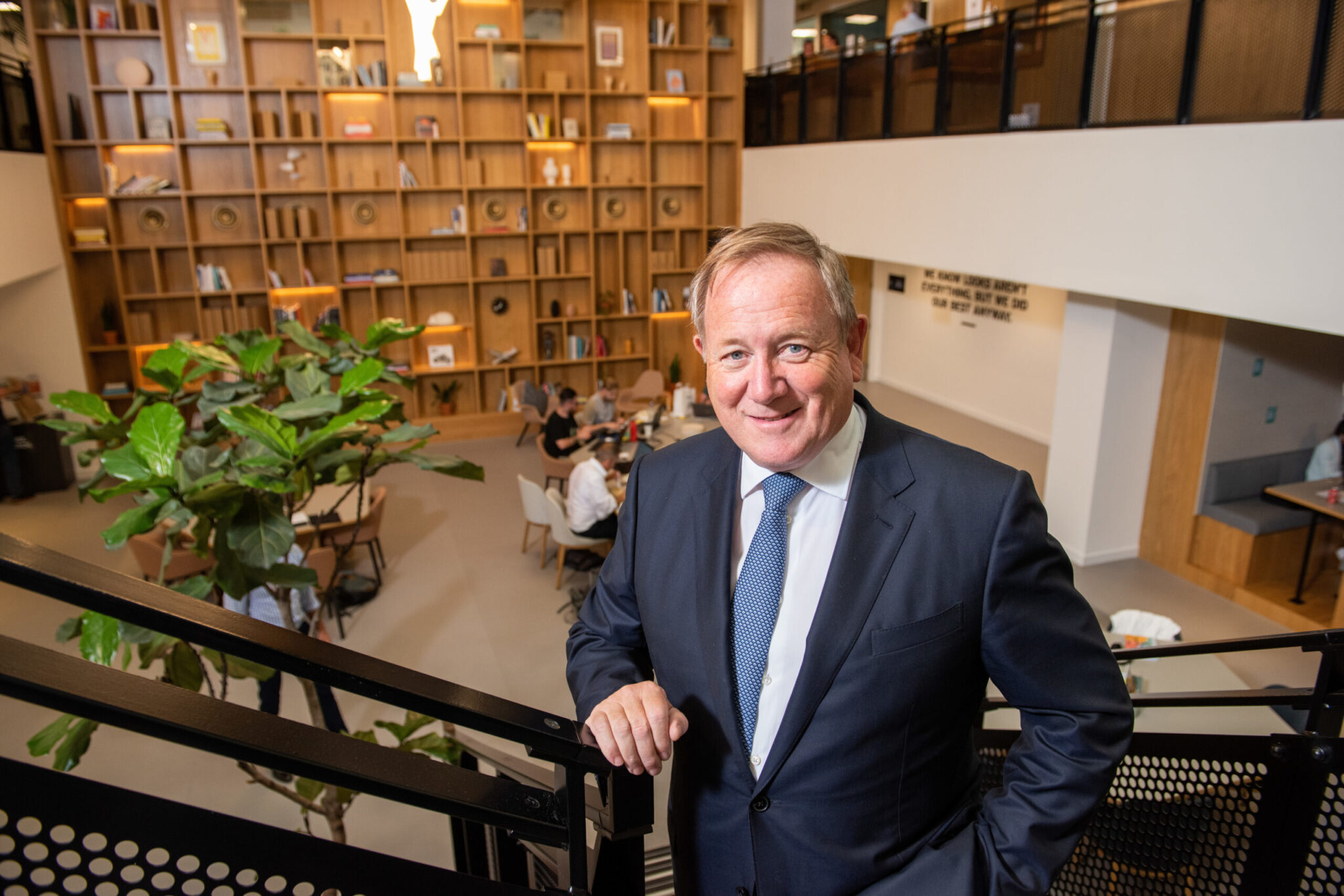How self-awareness and reflection can help elevate leadership
- Champa Ha

The path to leadership may take years to journey on, and part of that journey includes having the ability to understand one’s strengths and weaknesses. According to Hogan Assessments, an organisation that predicts workplace performance through personality, there are advantages to understanding one’s personality characteristics. Developing deep self-awareness can help employees, and in effect, leaders in training, understand how their own characteristics compare to the strengths and limitations of others, leading to improved performance.
Krista Pederson, Managing Director, Asia Pacific, agrees that leaders who develop self-awareness are better at building and maintaining high performing teams. “Imagine that leaders are like airline pilots,” Pederson shared with HRM Asia. “Tools like valid and reliable personality assessments provide the pilot a map. This allows the pilot to understand where they currently are and gives them the opportunity to adjust the flight plan and path, to safely bring passengers to the desired destination. Without a map, a pilot can fly a plane, but it may take much longer to get to the destination.”
“At Hogan Assessments, we call this strategic self-awareness,” Pederson continued. “Like a map, our unbiased, third-party personality data, allows leaders to understand their reputation and consider how they may need to adjust their behaviours to drive success in their teams and organisations. Moreover, people like to work for leaders who help them become the best versions of themselves.”
It is pertinent, Pederson cautioned, to remember that the point of developing self-awareness for leaders should not be to promote their own careers or to help them become more successful; instead, it is to help the teams they lead within their organisation to become more effective. The goal, she highlighted, should be to help organisations improve performance and beat the competition in the market, especially in the Asian market.

“People like to work for leaders who help them become the best version of themselves.” – Krista Pederson, Managing Director, Asia Pacific, Hogan Assessments.
“With personality, unlike with competencies, there is no good or bad,” Pederson declared. In fact, she emphases that development opportunities are available no matter the results of the assessment. With personality generally stable over the course of a person’s life, the goal in using data from personality is to develop self-awareness and maturity. “Offering this type of data can help leaders very quickly and effectively home in on key areas for development,” she explained.
This is something Hogan Assessments has had experience in, with over 75% of Fortune 500 companies consulting the organisation for help in leadership development. Their predictive assessments offer a comprehensive view of a leader’s personality, recognising that each individual has unique development needs. Through Hogan’s three assessments of the Bright Side, Dark Side, and Inside of Personality, Hogan provides insights into a leader’s strengths, weaknesses, and their underlying motives and values.
The Bright Side assessment reveals a leader’s day-to-day strengths and weaknesses, while the Dark Side highlights overused strengths that can hinder performance without self-reflection. Meanwhile, the Inside assessment delves into a leader’s motives, values, and preferences, shedding light on their decision-making style and the organisational environment where they thrive. These assessments empower leaders to understand themselves better and create a culture conducive to success.
“These three aspects of personality give organisations and leaders deep insights into how a leader will perform, communicate, interact, make decisions, and lead their teams,” Pederson said.
READ MORE: How humble leadership can help benefit aspiring leaders
The purpose of offering a holistic picture of personality allows organisations to go beyond an unhelpful one-size-fits-all generic model of development. This, ultimately, helps provide development that is individualised to the unique needs of each leader, she concluded.






